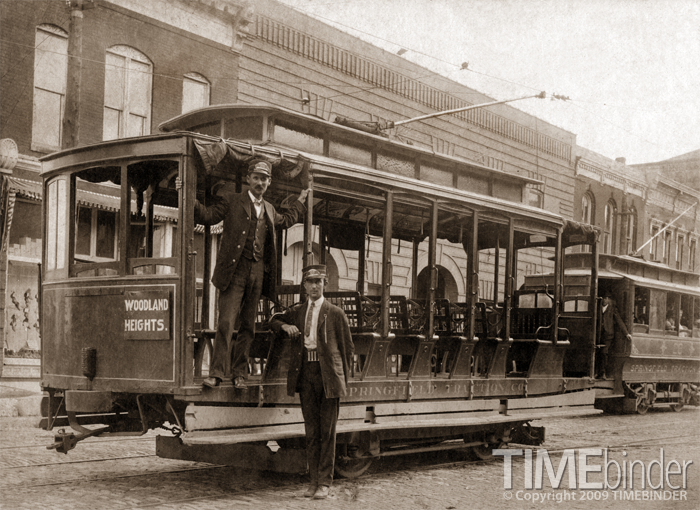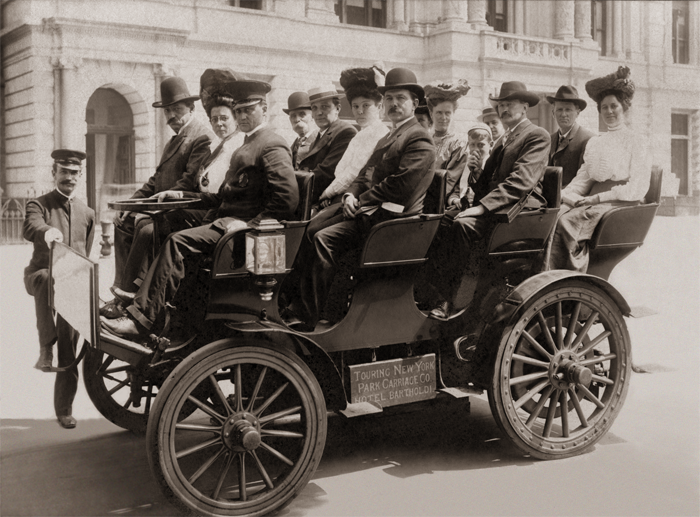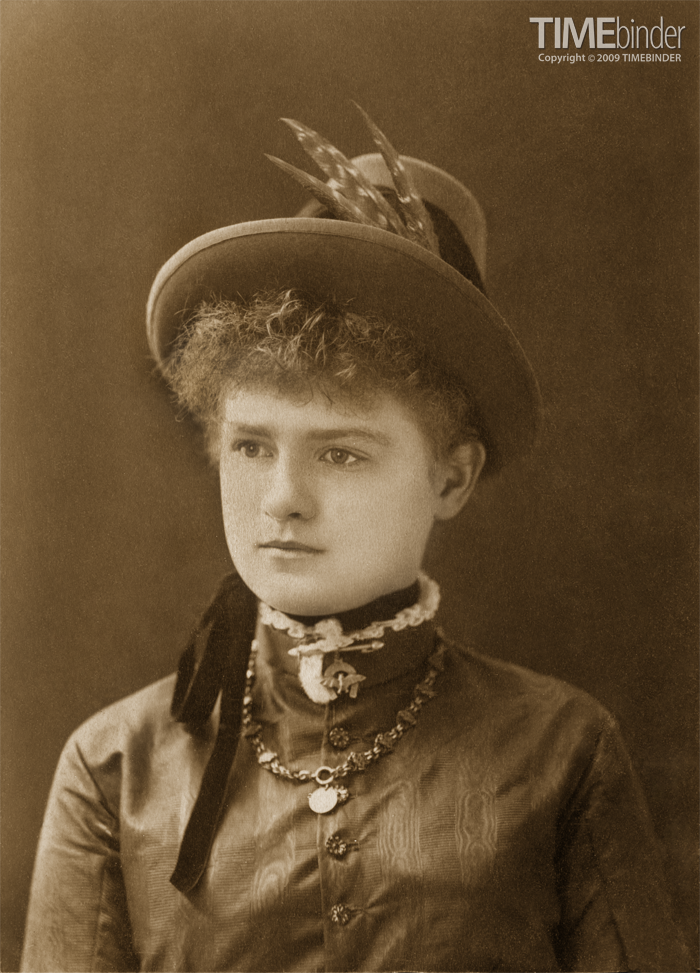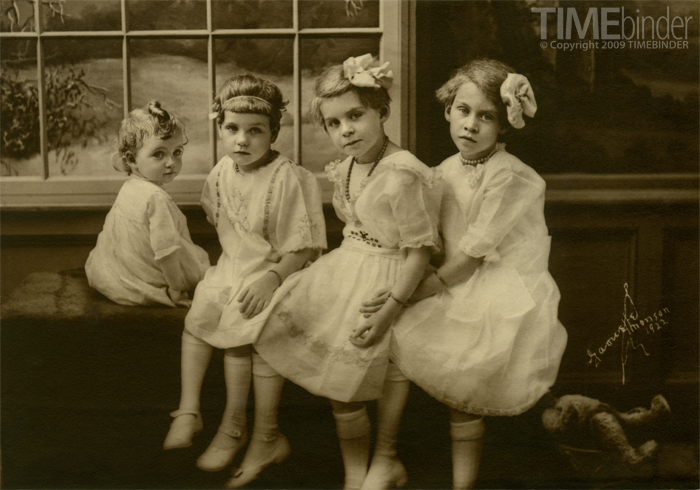Thom's Family Gathering
 Wednesday, January 13, 2010 at 3:21PM
Wednesday, January 13, 2010 at 3:21PM 
All we know is marked in pencil on the back of this large cabinet photograph: a family named Thom who lived on the hill (?) perhaps somewhere in Connecticut. It is likely a multi-generation family event on the farm in the mid 1890s. A substantial house with painted finish on windows, doors and trim but with the clapboard unpainted and weathered dark, the lawn not manicured or planted as it might have been were it in town.
A deliveryman has arrived, but what sort of product would a farmer need to have brought in I have no idea. We see typical day dress for the period, certainly for such a get together. Of 17 people, I am amused to note that only three appear to be looking at the camera, not at all typical of the sort of focus you might expect if a professional photographer had been summoned for the occasion, so maybe someone in the family is manning the camera. Many hundreds of thousands of this sort of photo have been taken in every part of the world in 170 years, and so many are still with us today.





